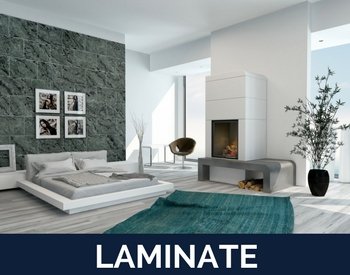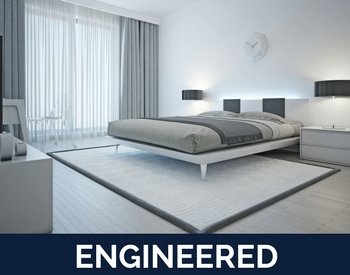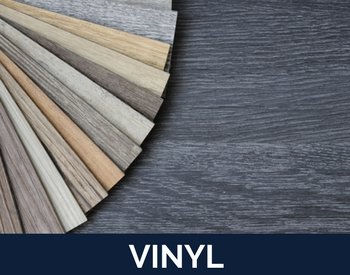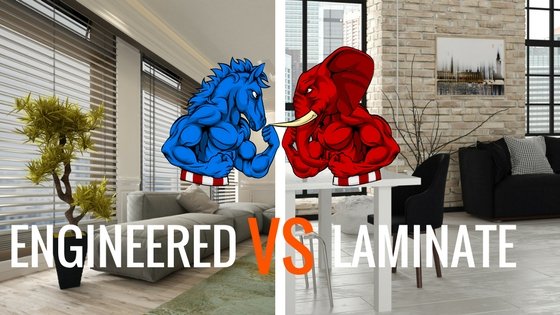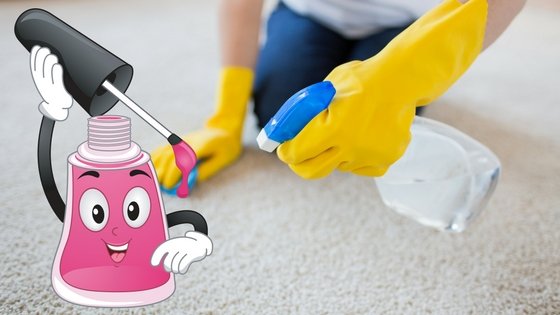FLOORING
We do our best to ensure that our products images are true to colour as possible. However due to inconsistencies of various monitors dye lot variation and lighting sources we cannot guarantee that the colour you see on your screen accurately show the true colour of the product. Screen images are intended as guide only and should not be regarded as perfectly correct.
REVIEW US ON GOOGLE
WHICH TYPE OF FLOORING WILL LAST THE TEST OF TIME
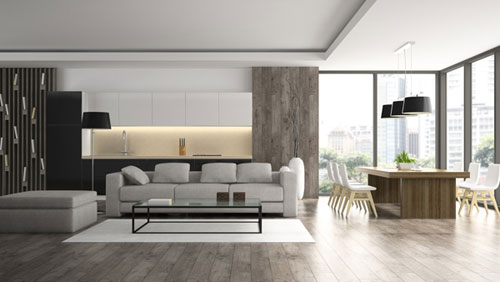
Durability for all types of flooring depends on foot traffic intensity, the amount
of moisture the product is exposed to and your adherence to the manufacturer’s care and maintenance guidelines. Laminate is harder than natural wood, making it highly resistant to fading,
staining and moisture damage. However, damaged pieces need to be completely replaced, which can become a problem if the product has been discontinued and you didn’t buy extra planks. The expected
lifespan of a laminate floor is 20 to 25 years.
If longevity is your main concern, then solid wood flooring is the best option. Depending on how well it is cared for, hardwood floors can last for many decades. The durability depends on the
species of the tree. Hickory, oak and cherry are hardier than soft Douglas Fir, which dents easily. The finish and frequency of staining also impacts how long the planks last. With some varieties
of hardwood floors, like those with oiled or wire brushed finishes, minor scratches and dents will seamlessly blend with the current look, adding to the unique appearance and depth of the
texture.
On average, hardwood floors are sanded every 10 to 20 years and can withstand up to seven refinishes. An engineered hardwood floor has a comparable lifespan but is more difficult to repair over
time. You can typically only sand it twice before the veneer wears too thin. Global Alliance’s products come with a warranty to ensure that they last the test of time. Click on the variety you
like to find out more.
SHOULD I CHOOSE A HARDWOOD OR LAMINATE FLOORING

When it comes to investing in new floors, you are faced with the choice between
laminate and wood flooring. Comparing the differences can be daunting at first, so here is a quick guide to the benefits and drawbacks of each type:
Simply, laminate flooring is a synthetic product that looks like real wood due to the textual image that is imprinted on the top layer. The core
layer consists of tightly compressed fiberboard material and melamine resin. There are many types of laminate floors, ranging from inexpensive to higher-end wood-textured grains that are
difficult to discern from the real thing. Often referred to as a floating floor system, the surface of laminate is more durable, scratch resistant and easier to clean. However, once it is
damaged, it becomes more difficult to repair. While it is considerably cheaper than wood flooring, it does not add as much value to your home.
Solid hardwood flooring is made up of long wood planks that have been harvested from trees. Natural wood gives off a warmer vibe and has its own
character quirks, but you pay more for this authenticity. While it is easier to damage, it can be refinished, so it ultimately lasts longer. There are numerous options within this category based
on grading, traits, finishes, color and strength.
Durability can be increased and the price maximized by choosing engineered
flooring. This modern option applies a sawn wood lamella finish to the top of several layers of
high-quality plywood or high-density fiberboard. The thin veneer is more easily chipped and delaminated, and it can only be sanded once. However, it is more resistant to moisture and retains a
comparable resale value to solid wood floors.
The Global Alliance showrooms are stocked with dozens of laminate, solid hardwood and engineered hardwood floor options as well as basic and premium underlay choices that carry a 50-year aging
resistance. You can even find the perfect trim and moulding all in one convenient location!
WHAT FLOORING OPTION LOOKS BEST IN MY HOME
There is no universal answer to this question since it ultimately depends on your
personal taste and how you want the flooring to look in your home. There is a notable difference between vinyl, laminate flooring and engineered hardwood. The pre-designed, imprinted patterns on the
laminate’s surface imitate the look of real wood, but the patterns repeat approximately every five boards. Each plank of real wood has its own unique texture variation of the wood grain so that
no two pieces look exactly alike. You will often need to mix different types of solid wood throughout your home due to the organic material's susceptibility to moisture. Laminate and engineered
wood gives you more options for creating a uniform look.

